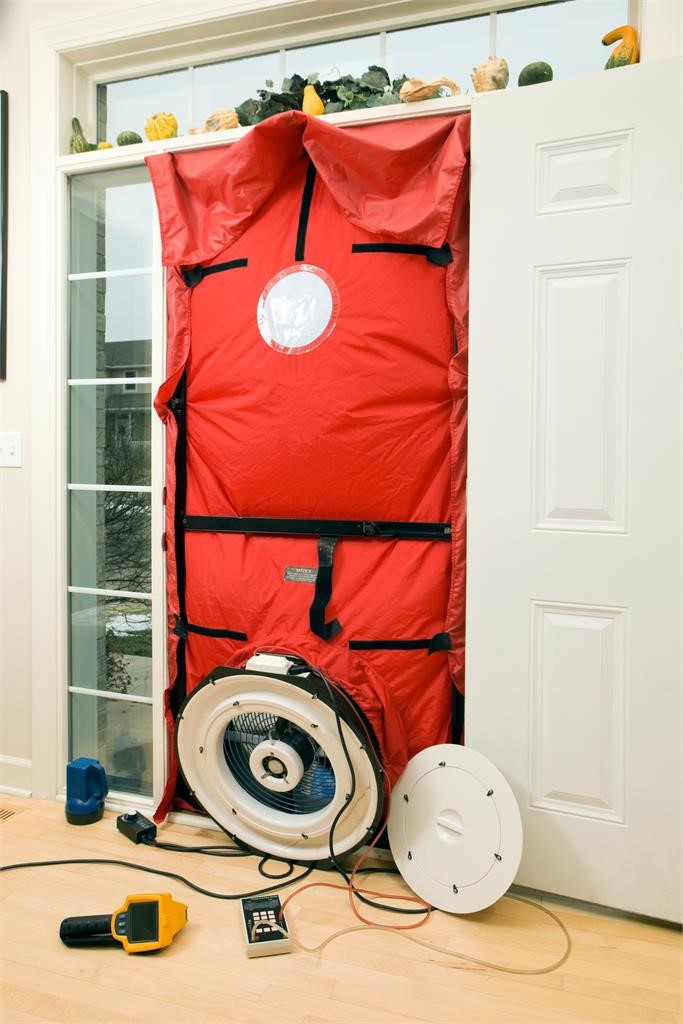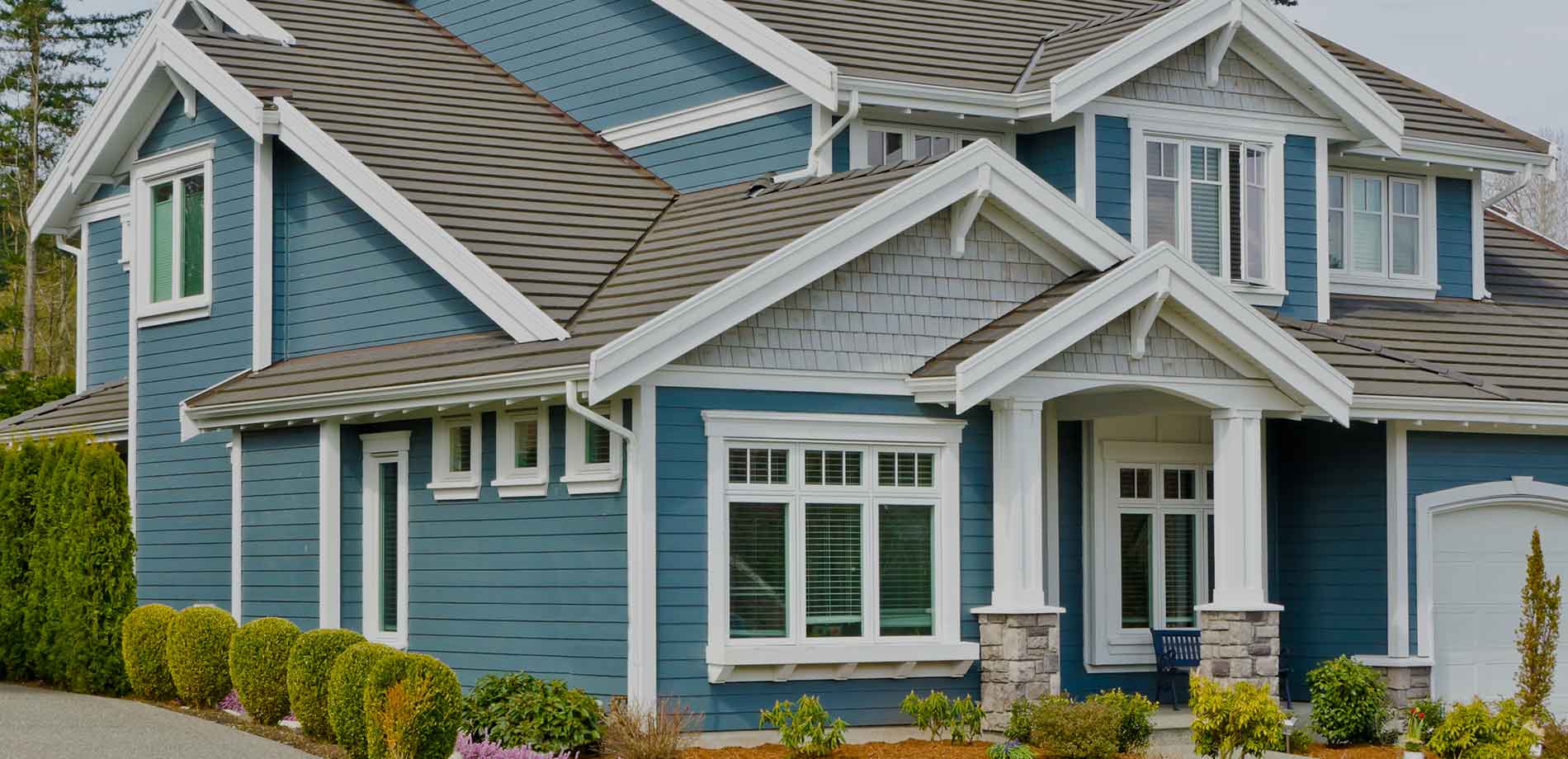Taxonomically, fungi are classified as eukaryotic organisms. These organisms are devoid of chlorophyll and their cell wall is made up of chitin and glucans.
Mold has become an issue of increasing concern to the general population as lawsuits, media attention and misinformation fuel fires of hysteria. To further complicate matters, a lack of education and scientific knowledge leads the layperson to correlate the presence of “black mold” with various ailments attributed to “toxic molds”. In order to dispel mold myths and provide professional assistance to the average person concerned about mold contamination, it is critical to understand the complex nature of mold.
Mold Defined:
Scientifically, mold is a visual growth produced on substratum and/or on host by a group of filamentous fungi (fungi with true mycelium). Taxonomically, fungi are classified as eukaryotic organisms. These organisms are devoid of chlorophyll and their cell wall is made up of chitin and glucans. They are heterotrophic in nature and may be saprophytic, parasitic or symbiotic with other living organisms. The role of these organisms is crucial to maintaining a robust ecological system. Fungal saprophytes occupy an important place in the ecological pyramid, responsible for recycling inorganic and organic materials, then releasing the energy back in to the environment.
Mold Coloration:
Coloration and toxicity are two separate trends in mold. The coloration of mold is governed by pigmentation, physiological activity and genetics of the organism. The production of toxins is highly influenced by the nature of metabolites produced by the mold and environmental conditions. Hence, the toxicity does not correlate directly with the color of the mold.
Mold Toxicity:
Naturally occurring molds may be toxic, capable of secreting a number of chemicals that are harmful to living entities. Mycotoxins, glucans and microbiological volatile organic compounds (MVOC) are amongst the most prominent toxic substances produced by mold. The strength of these toxins varies greatly depending upon the species/strain. The effect of these bio-chemicals depends upon the exposure mechanism, dosage and susceptibility of an individual. However, there is no proven or documented record that the toxicity of these chemical compounds is related to the color of the organism. In general, “black mold” refers to all molds that are black in color, but not all the black molds are toxic. Nigrospora, for example, is a black mold but there is no sufficient evidence that it is toxic to humans.
It is also important to note that a number of molds, not black in color, are capable of releasing mycotoxins that initiate diseases or allergenic responses in susceptible individuals. Blastomyces, Candida, Emmonsia, Ganoderma,Microsporum, Mucor, Rhizopus, and I, are some common molds that cause a number of health and hygiene problems, but are not black in color. The entire I group is associated with a number of indoor air and other pathogenic problems, but is not black in color. I, even though it is green in color, is a mycotoxin producing mold.Aspergillus is another major group of mold. Although many species of Aspergillus are not black, (i.e. A. candidus,A. flavus, A. fumigatus etc.) they may still produce mycotoxins. However, some species of Aspergillus are black in appearance (example: Aspergillus niger group) and produce mycotoxin that can be moderately to highly toxic.
Conclusion:
As we have discussed, it is not appropriate to refer to all “black molds” as “toxic molds”, and not all toxic molds are black in color. Misinformation on toxic molds is rampant. It is impossible to observe a mold and determine its toxicity by its pigmentation alone. The best way to identify the type of mold present in an environment is to take a direct surface or air sample and send it to a qualified laboratory for further analysis and evaluation. Mycotoxin testing is one of the useful methods for evaluating the toxin producing capability of certain molds. A combination of the above mentioned investigation methods help in the determination of the presence of mold and its toxic nature.
Source
.jpg)


 Measuring motor temperature is often a challenge since electric motors differ widely in their design and construction. While many have suggested measuring the motor casing along the stator, this method does not work well for motors that are fan cooled or exposed to external air currents. For uncooled motors, this approach can produce varying temperature values depending upon the location of the subject temperature readings.
Measuring motor temperature is often a challenge since electric motors differ widely in their design and construction. While many have suggested measuring the motor casing along the stator, this method does not work well for motors that are fan cooled or exposed to external air currents. For uncooled motors, this approach can produce varying temperature values depending upon the location of the subject temperature readings. Thermogram shows three out of four AFCI devices operating at ambient temperature. These devices had failed and were no longer protecting against arc faults. Images courtesy Houston Thermal Inspections and Infrared Imaging.
Thermogram shows three out of four AFCI devices operating at ambient temperature. These devices had failed and were no longer protecting against arc faults. Images courtesy Houston Thermal Inspections and Infrared Imaging. Data obtained during infrared inspections can often be improved by incorporating other tools. When it comes to building inspections, a blower door can be useful in detecting air leakage sites and helping to gauge the airtightness of a building.
Data obtained during infrared inspections can often be improved by incorporating other tools. When it comes to building inspections, a blower door can be useful in detecting air leakage sites and helping to gauge the airtightness of a building. With parts of the United States experiencing mild weather, it is hard to think about winter. For many, autumn provides a perfect opportunity to conduct infrared inspections of flat roofs to help ensure that they are ready for the upcoming colder months.
With parts of the United States experiencing mild weather, it is hard to think about winter. For many, autumn provides a perfect opportunity to conduct infrared inspections of flat roofs to help ensure that they are ready for the upcoming colder months.